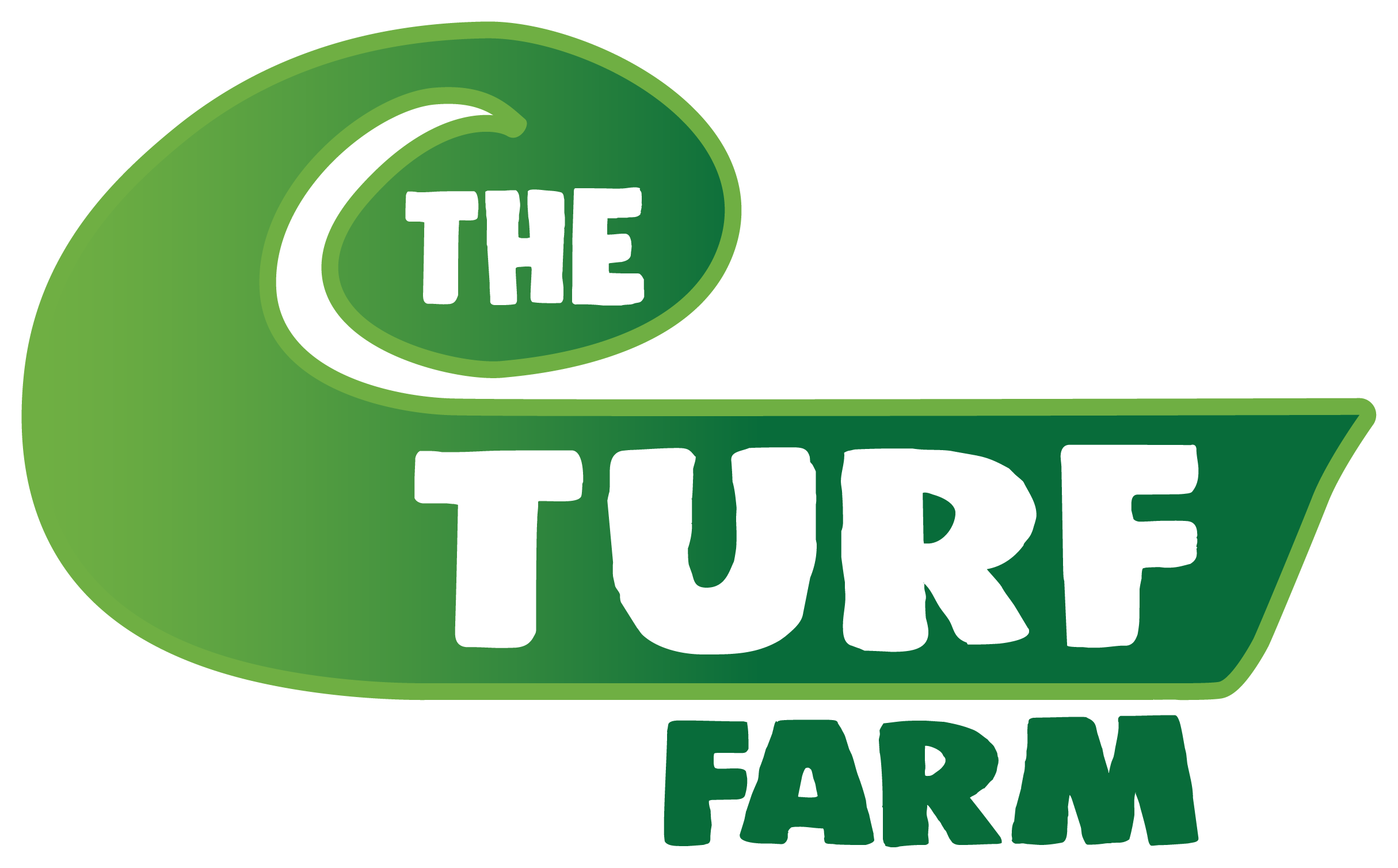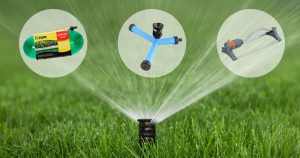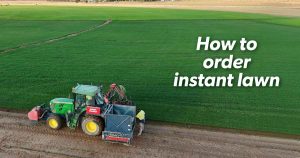As winter begins to loosen its grip and you start dreaming of lush, green lawns, now is the perfect time to begin preparing your turf for the growing season ahead. Late winter lawn preparation is one of the most crucial steps you can take to ensure a healthy, vibrant lawn that will set your turf up for a strong spring start.
Why Late Winter Preparation Matters
Your lawn has been through the hardest months of the year with temperature drops and semi-dormancy. This period of rest is natural and necessary, but it also means your grass will need some extra attention to bounce back strong. By taking action now, before the active growing season begins, you’re giving your lawn the best possible foundation for success.
Essential Late Winter Lawn Care Tasks
Clean Up and Clear Out
Start by removing any debris that has accumulated over winter. Fallen branches, leaves, and other organic matter can block sunlight and air circulation, creating perfect conditions for disease and pest problems. A thorough cleanup also allows you to assess any damage that may have occurred during the colder months.
Assess Winter Damage
Take a walk around your property and look for signs of winter stress. Common issues include bare patches, compacted soil from foot traffic, fungal issues and other damage. Identifying these problem areas early allows you to address them before they become bigger issues.
Remove weeds
Coming out of winter there can be a few weeds that may have been able to fight their way through your lawn. Many of these are usually a result of being blown-in. Other seeds could have been lying dormant in your lawn for a while. Most single weed types can be removed by hand, preferably before going to seed.
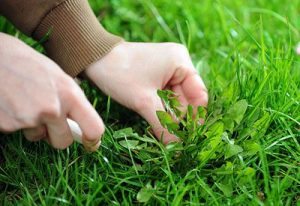
Other flat weeds and grasses can be mown over, with a healthy lawn able to choke out most weed types. Oxafert pre-emergent herbicide is a great way to help prevent both broadleaf and annual grass weeds, stopping any new seedlings in their tracks.
If you do have an established weed problem, All Purpose Weed Control and Estate Herbicide are great broadleaf weed herbicides safe for all lawn varieties.
Get your mower ready
Chances are that like your lawn, your mower has been sitting dormant for a few months. Do yourself and your mower a favour and treat it to a little attention before pulling the starter cord repetitively ‘til you’re both out of puff. A bit of basic maintenance can go a long way.
Changing fuel, oil, and the sparkplug each spring can help keep your machine running smoothly for years. If you baulk at the thought of home-mechanics then there are many mower shops around that will, for a small fee, have your mower tuned and ready to go. Sharp blades are another important piece of mower maintenance. A new set of blades, or if you’re a dab-hand with the grinder, sharpening or changing your mower blades can do wonders.
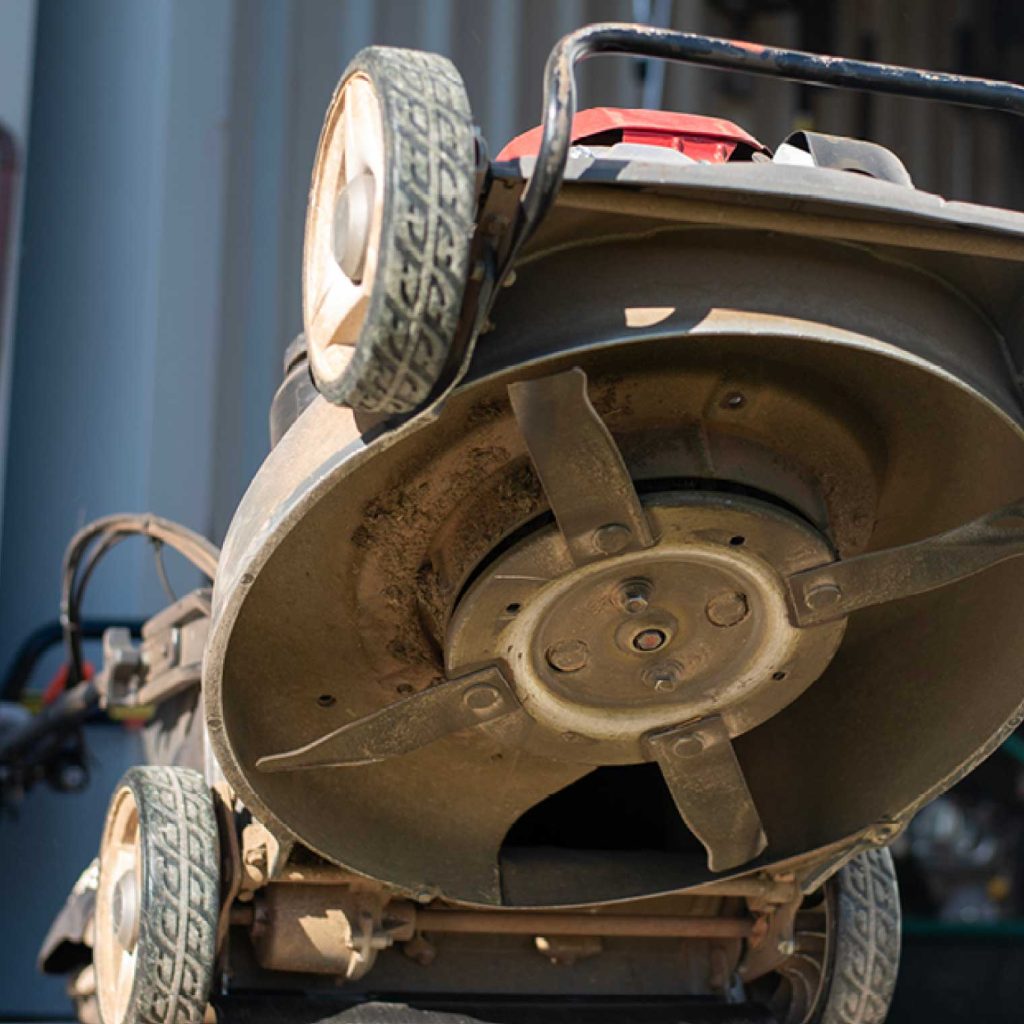
Check for compaction
To see how your soil is holding up and whether compaction is a problem, grab a long screwdriver. Plunge it into the ground in a few places to see how far it will penetrate (minding any irrigation or electrical cabling). You should be able to easily push it in for up to 100 to 150mm (4-6 inches) without too much resistance. If not, it would serve your lawn well to look at aeration to remedy the problem.
One of the healthiest things you can do for a spring lawn is to aerate. Aeration helps increase the amount of air, water and nutrients getting to the soil. This strengthens grass roots and help create a healthier lawn.
Plan your spring lawn care schedule
Now that your area and mower are ready, your lawn is well prepared for a strong spring start. Remember to set a date to apply important and time sensitive lawn care products like Grub Guard Ultimate, Oxafert and Fertiliser. It’s a great time to get our Spring Renovation pack, so you have everything you need when the time comes.
Plus, stock up on any tools you might need for a spring renovation like aerating fork, fertiliser spreader and sprayer pack.
Make sure to check out Paul’s Lawn Tips here for more lawn care advice.
